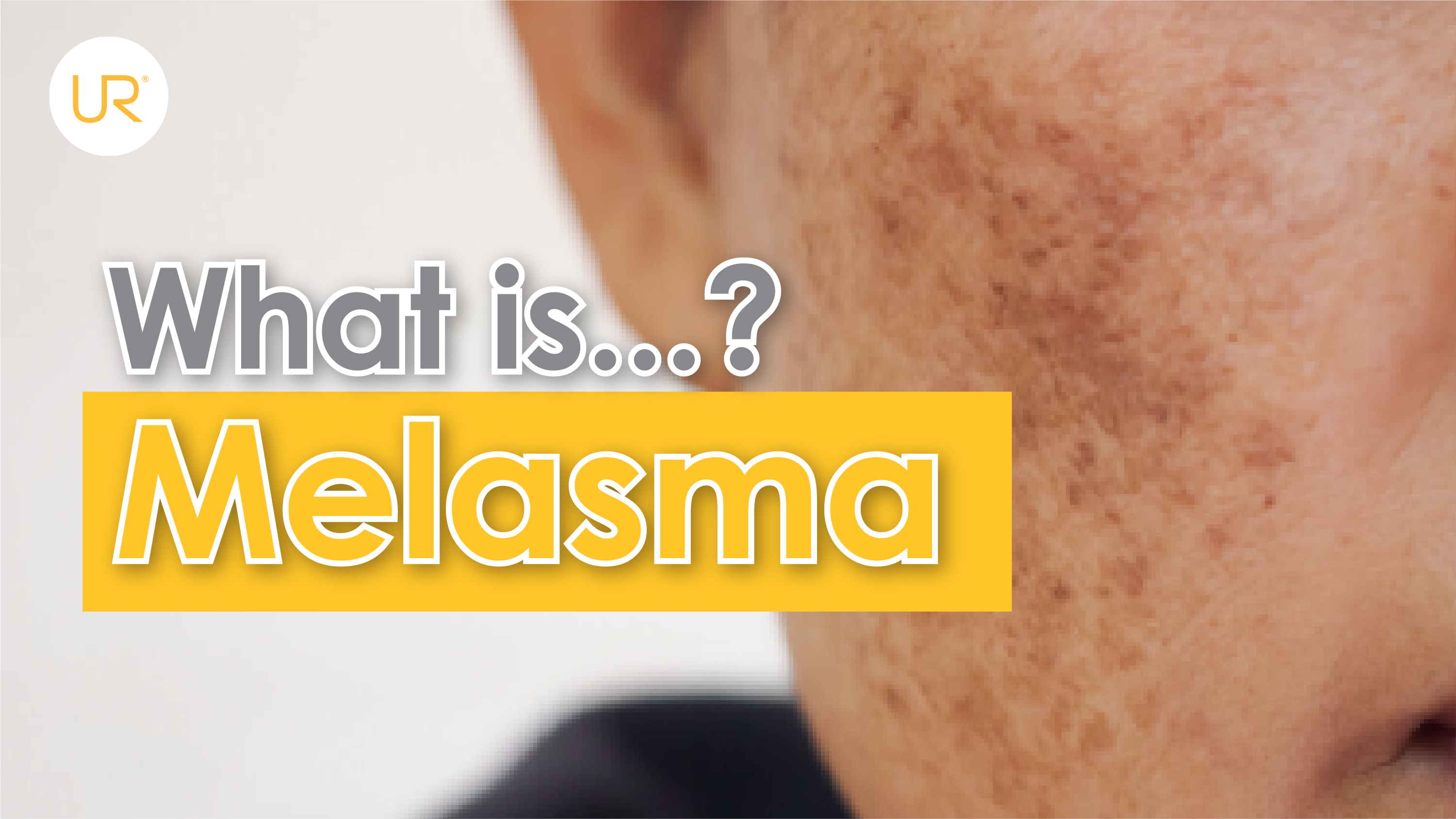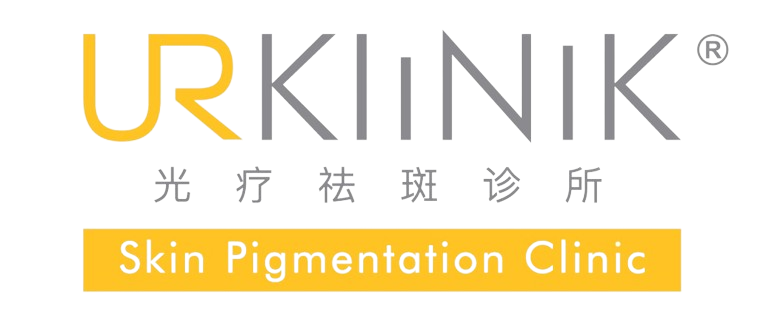
06 Dec What is Melasma? How to prevent Melasma and How to treat Melasma?
MELASMA
Pigmentation disorders, including melasma, are among the most common dermatological concerns. Melasma is an acquired disorder of melanogenesis that leads to hyperpigmentation. It is characterized by symmetrical brown to grey-black macules or patches, primarily appearing on the face, but occasionally on extra-facial areas such as the neck, chest, and upper limbs. Melasma commonly presents in three clinical patterns: centro-facial (65%), malar (20%), and mandibular (15%). Women are more prone to melasma, and it typically develops between the ages of 20 and 40.
The exact cause of melasma remains unknown, but several factors are associated with its development and exacerbation. Genetic predisposition, ultraviolet radiation exposure, hormonal influences, psychosocial stress, and cosmetics are commonly reported risk factors.
Genetics play a significant role in melasma, with approximately 50% of patients having a family history, particularly among those with darker skin types (Skin Fitzpatrick III-VI). Hormonal changes, such as those occurring during pregnancy, the use of oral contraceptives/hormone replacement therapy, or underlying endocrine disorders, are closely linked to melasma. Chronic sun exposure is a key factor in melasma development, as ultraviolet radiation triggers an inflammatory cascade and melanogenesis. Psychosocial stress has also been identified as a trigger for melasma formation.
Preventing melasma involves avoiding sun exposure, practicing sun protection measures such as wearing wide-brimmed hats and applying broad-spectrum sunscreen (SPF 30 or higher, PA +++ and above), and minimizing the use of irritant skincare products and makeup. While there is no one-size-fits-all treatment for melasma, a combination of sun protection, topical medications, and in-office procedures can be effective.
Topical treatments for melasma include hydroquinone, tretinoin, corticosteroids, and other tyrosinase inhibitors such as azelaic acid, kojic acid, and arbutin. Oral tranexamic acid has shown promise in reducing melasma patches when other treatments fail. In-office procedures like microdermabrasion, dermabrasion, chemical peels, and light-based therapies, including intense pulsed light and low fluence Q-switched lasers, may be considered for more stubborn cases.
At UR Klinik, we offer effective pigmentation treatment in Malaysia, specializing in light therapy to rejuvenate the skin and address concerns like melasma, hyperpigmentation, and dark spots. Our personalized approach can help you achieve noticeable results. Contact us today to schedule your appointment and experience the transformative power of light therapy.


